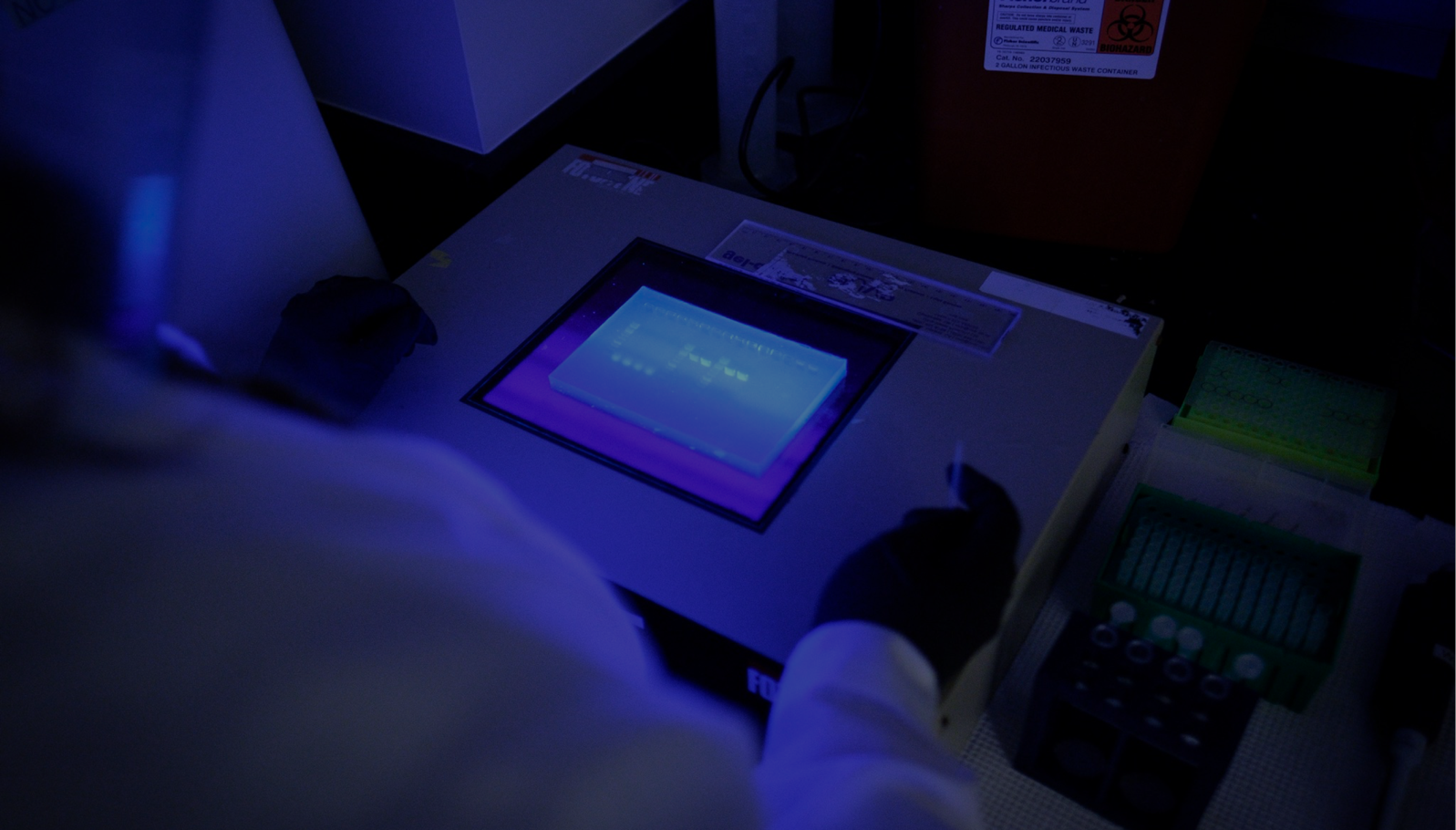Lyssa
Weible

750 Republican Street, Box 358061, Seattle, WA 98109
Biography
I am the Laboratory Manager in charge of administrative work and overall smooth running of the Ojo Lab. This includes managing supplies, inventory, and the upkeep of laboratory forms. Shipment, both in and out of the laboratory is handled by me, including hazardous materials. Samples positive for Giardia cysts that enter the laboratory will come to me for processing and storage. Future testing including excystation and analysis of strains against promising compounds, or shipping to collaborators are handled by me.
My research is centered on studying infectious diseases, such as Giardia lamblia and Trichomonas vaginalis. The purpose of this research is to develop new treatments against these parasitic diseases. Giardia lamblia, or Giardia, work typically includes cell assay compound screenings using different strains and animal work.
My main focus is on the STD known as Trichomonas vaginalis, or T. vaginalis. It is one of the most common protozoan parasites in humans, mainly affecting industrialized countries. T. vaginalis is typically found in the lower genital tract for women and urethra for men. The goal is to find compounds that are an effective treatment against T. vaginalis since the current drug of choice, metronidazole, is becoming less effective in clearing out the infection. I am piloting this field of study for our laboratory. Future experiments performed will include both in vitro and in vivo assays that have been designed based on previous protocols for similar parasites and knowledge from collaborators.
Enzyme assays are additional experiments I primarily work on. These assays are regularly conducted to assist in further testing of compounds of interest and their inhibition of specific enzymes. Other assays I commonly run include protein purifications, washouts, and transfections. Currently, transfections are done in Giardia or E. coli cells. However, we are aiming to eventually transfect T. vaginalis cells.



